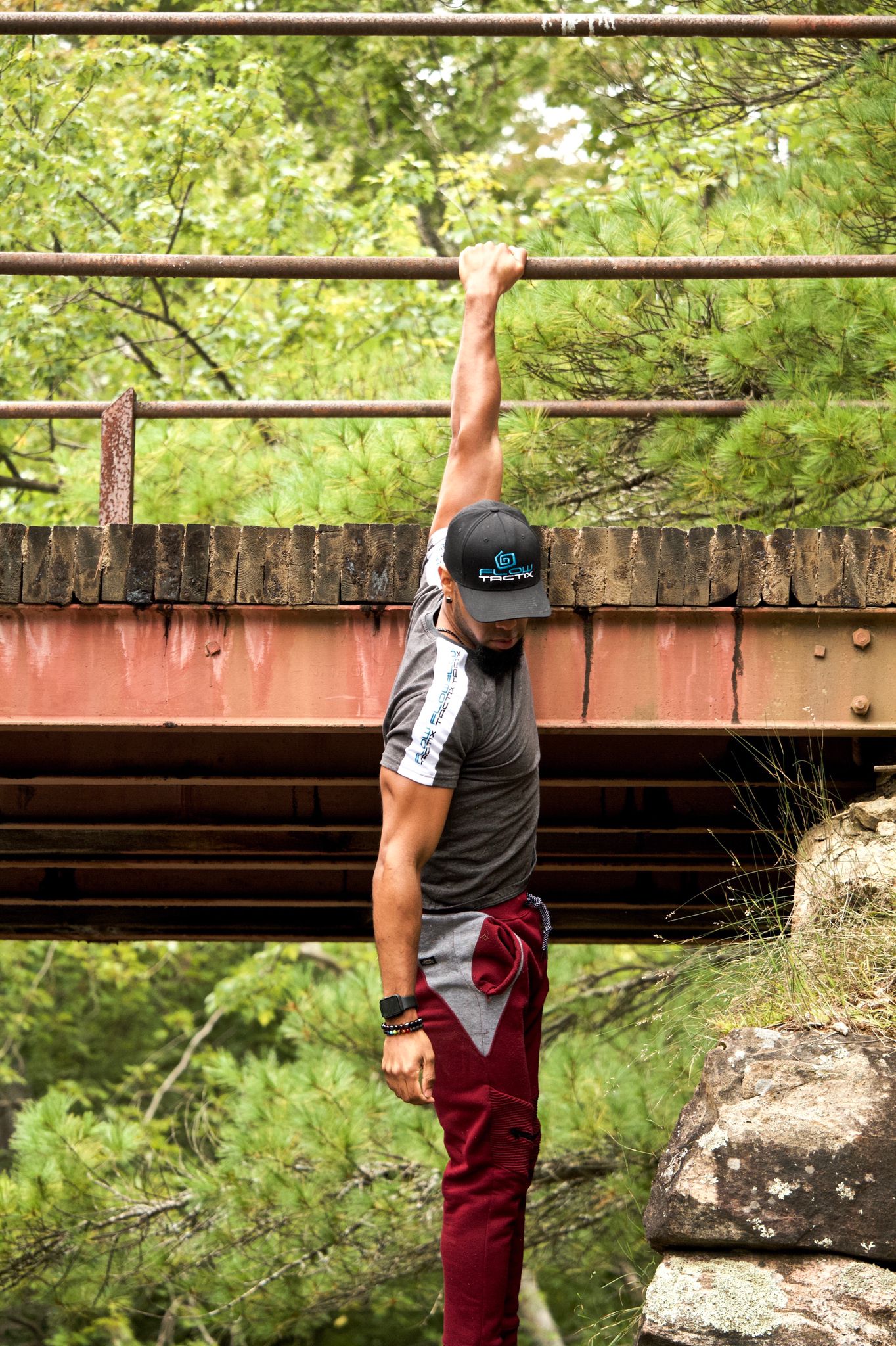
Unlocking Strength and Health: The Incredible Benefits of Deadhangs
Deadhangs are a simple yet effective exercise for building upper body strength and improving grip strength. They're also a great exercise for anyone looking to improve their overall fitness and climbing or gymnastics.
Deadhangs are easy to perform, all you need is a pull-up bar and your own bodyweight. To perform a deadhang, take hold of the pull-up bar with an overhand grip, slightly wider than shoulder-width. Keeping your arms straight, hang from the bar with your body weight.
Dr. Kirsch's book on shoulder pain highlights the therapeutic potential of deadhangs. Regular practice can aid in decompressing the shoulder joint, fostering better mobility, and potentially alleviating discomfort. It's important, however, to approach any exercise mindfully and consult a healthcare professional if you have pre-existing conditions.
Here are some other benefits of deadhangs:
-
It improves grip strength: Deadhangs help to improve your grip strength and endurance, which is essential for many upper-body exercises and activities.
-
It strengthens the upper body: Deadhangs work your back, shoulders, arms and core, giving you a full-body workout.
-
It improves shoulder stability: Deadhangs help to improve your shoulder stability and mobility, which can reduce the risk of injury.
-
It can help to reduce stress: Deadhangs can be beneficial for reducing stress, anxiety and mental fatigue.
-
It's easy to perform: Deadhangs require no equipment, making it easy to perform the exercise anywhere.
Are you ready to introduce deadhangs into your daily routine for a stronger, more agile you? Let's break it down into actionable steps:
Frequency: Aim for at least 5 days a week to experience steady progress.
Duration: Start with 20-30 seconds per hang if you're new to it. As you get comfortable, gradually extend to 60 seconds or more.
Sets: Begin with 2-3 sets per session, allowing your muscles and joints to adapt.
Routine: Consider incorporating deadhangs into your warm-up or cool-down. Alternatively, dedicate a specific time during your day for a quick hang.
Progression: As you build strength, add an extra set or increase your hang time. You can also explore more advanced variations.
Before starting any new exercise routine, always check with your healthcare provider to make sure it is safe for you to do.

